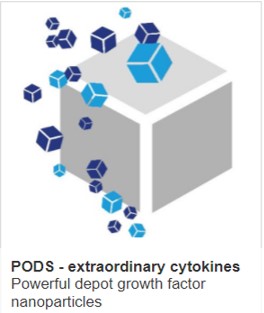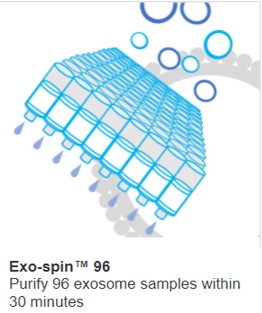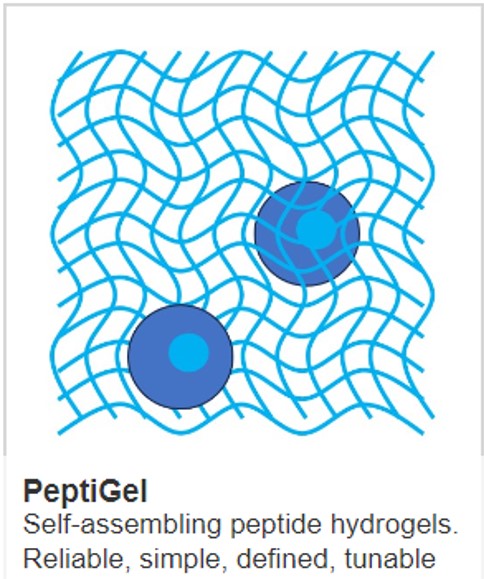Tumour-mediated immune evasion

Tumours evade immune surveillance through mechanisms that impair immune responses, allowing the tumour to grow and spread without being eliminated by the immune system. Understanding the interplay between cancer and immune cells allows new therapies to be developed.
Tumour-mediated immune evasion may involve immune checkpoint activation, antigen loss or alteration, induced apoptosis in immune cells, angiogenesis as well as the formation of a physical barrier around the tumour, such as extracellular matrix components, that prevent immune cells from infiltrating and recognising the tumour. Tumours are also able to alter the tumour microenvironment to create conditions that will suppress immune function.
Cancer cells generate and maintain an immunosuppressive tumour microenvironment through:
- Production of molecules that inhibit immune cell activity. These include:
- TGF-β (Transforming Growth Factor-beta), IL-10 (Interleukin-10), and VEGF (Vascular Endothelial Growth Factor), which can suppress the function of immune cells like T-cells and dendritic cells.
- Prostaglandin E2 inhibits effector T-cell function and promotes the development of regulatory T cells (Tregs), which suppress immune responses.
- Adenosine is able to bind adenosine receptors on immune cells, particularly T-cells, making them less active and more tolerant of the tumour.
- Recruitment of Immunosuppressive cells such as regulatory T-cells (Tregs) tumour-associated macrophages (TAMs) and myeloid-derived suppressor cells (MDSCs)
- Developing a hypoxic environment. Under low oxygen conditions, Hypoxia-Inducible Factor-1α (HIF-1α) is stabilized and activated. HIF-1α can induce the expression of several factors that contribute to MDSC expansion, including VEGF, IL-6 and GM-CSF.
Targeting IL-10 for Cancer Therapy
In the tumour microenvironment, tumour-associated macrophages (TAMs), along with myeloid-derived suppressor cells (MDSCs), Tregs, and B cells, are the primary producers of IL-10, which contributes to the suppression of the cytotoxic T cell response. Overexpression of IL-10 is a characteristic feature of aggressive, rapidly proliferating tumours like melanoma and colorectal cancer.
A recent study by Zotta et al. provides compelling evidence that reactive oxygen species (ROS) derived from mitochondrial respiratory complex III play a critical role in regulating IL-10 production in macrophages. The study also demonstrates that treatment with the mitochondrial respiratory complex III inhibitor, S3QEL 1.2, effectively impairs IL-10 production in vitro and in vivo. Additionally, this treatment enhanced the survival of mice bearing B16F10 melanoma by reducing tumour growth.
Therapeutic Strategies
Therapies targeting growth factors, their expression or receptors in the tumour microenvironment are an emerging and promising area of cancer treatment. Combining traditional treatments, such as chemotherapy with therapies that target the tumour microenvironment have the potential to significantly improve the effectiveness of cancer treatments.
IMAGE CREDIT: AI generated Cell Guidance Systems



